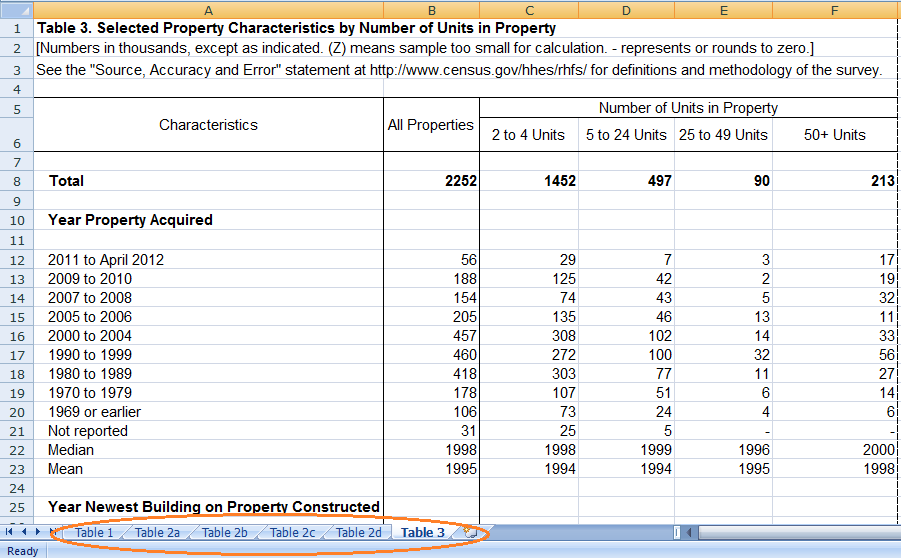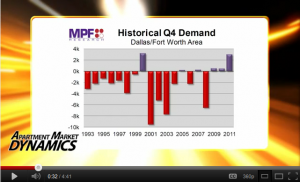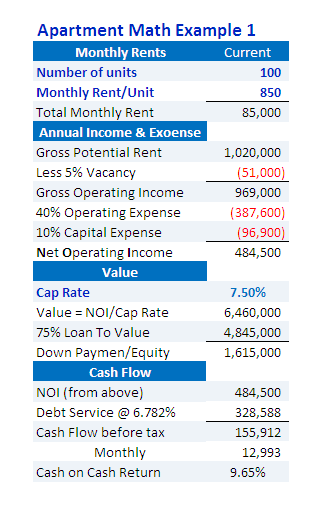Mike Scott of apartment research firm Dupre+Scott has some shocking news for apartment building investors. While most lenders require a minimum reserve of $250 per unit per year for capital expenses and many owners reserve up to 400, according to actual expense budgets Mike tracked for properties in the Seattle area actual capital expenses have been averaging $750 a year for the last dozen years and the trend is definitely up:
These are actual CapEx expenses from actual properties and while they definitely vary from market to market, the cognitive error is probably about the same everywhere. Some investors may say well we only buy newer properties so that we don’t have CapEx to worry about. Unfortunately their research shows that even Continue reading How much to budget for apartment building Capital Expenses? Many smaller properties spend up to 2x more



